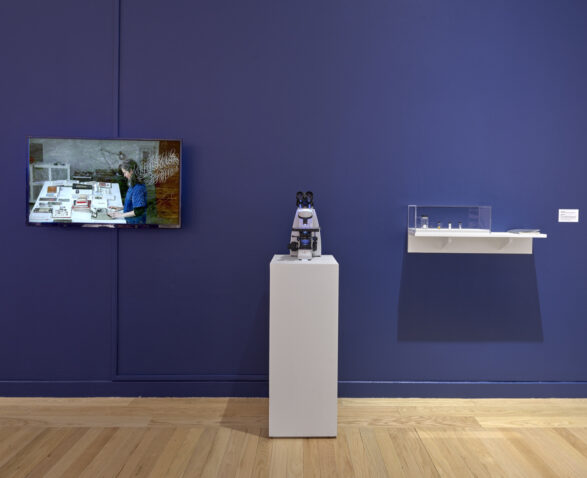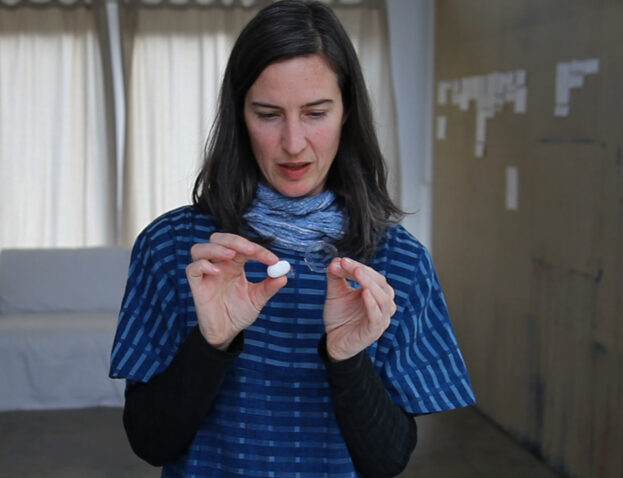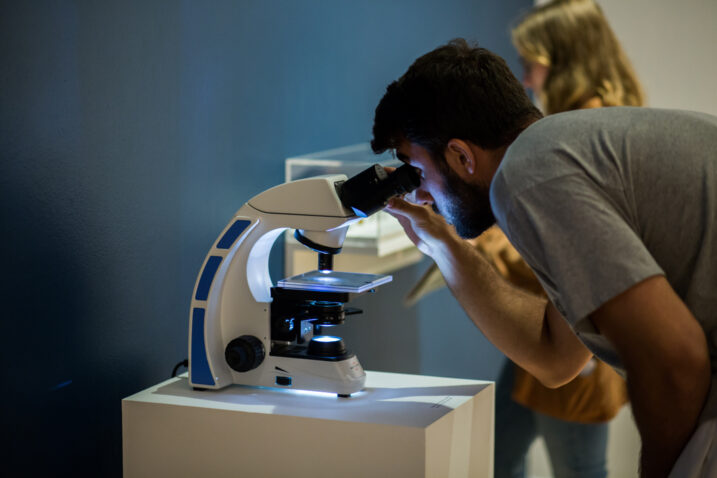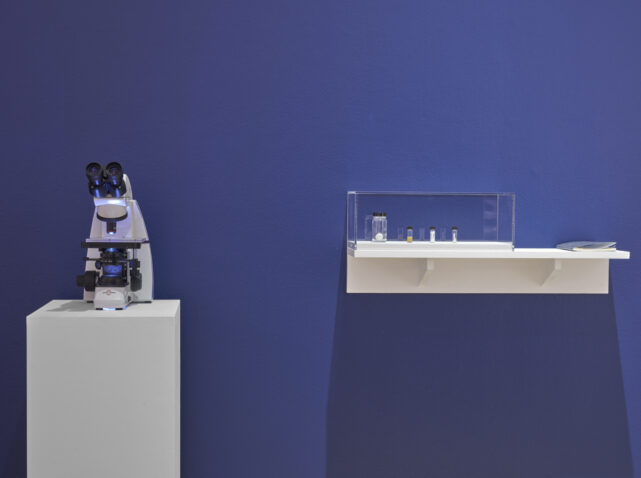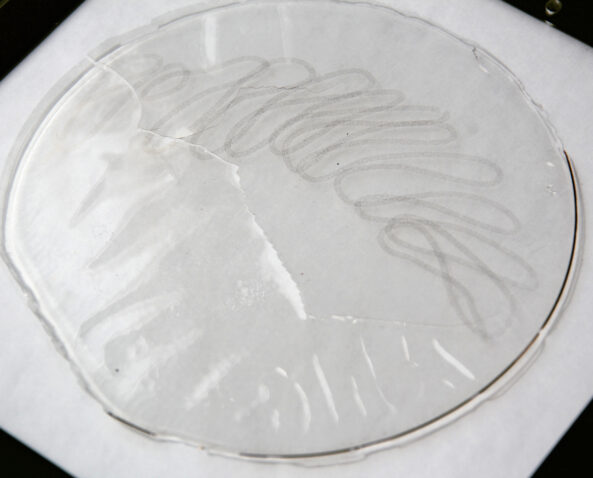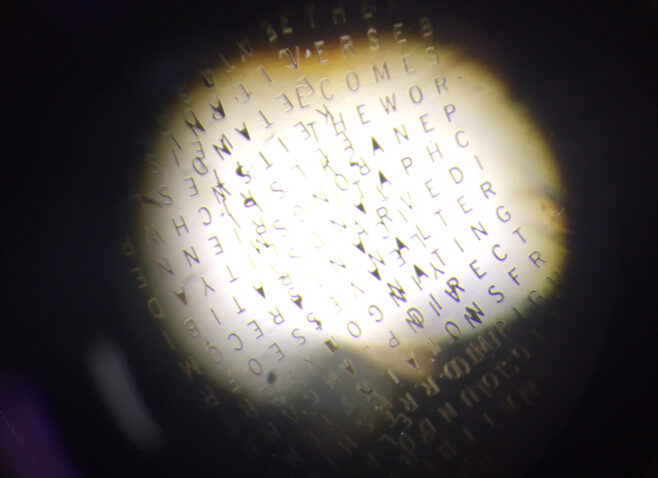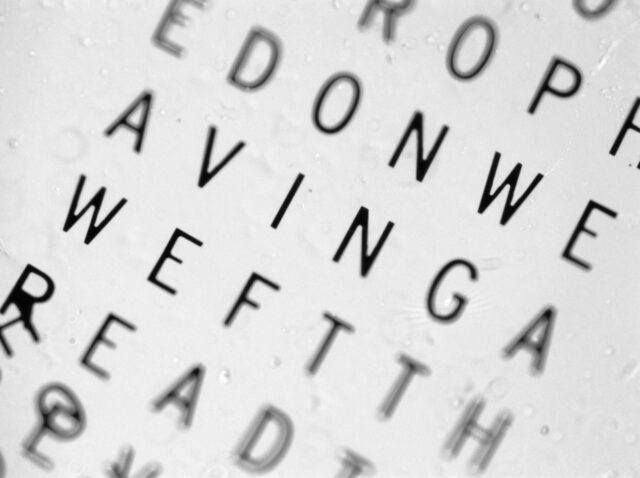Jen Bervin’s Silk Poems began as a seven-year research project (2010–2016) supported by a grant from Creative Capital, developed with expertise from more than thirty international textile archives, medical libraries, nanotechnology and biomedical labs, and sericulture sites in North America, Europe, the Middle East and Asia. Silk’s cultural history spans more than 5,000 years. Examples of sericulture appear in the Chinese archaeological record as early as the third millennium BCE, and silk fabrics excavated from sites have been dated to at least the Shang dynasty (1600–1046 BCE). Silk as a traditional medium for writing dates back to at least the seventh century BCE, though references in the Confucian Analects and other Zhou dynasty texts suggest that silk documents have an even earlier origin. Beyond its traditional use in textiles and writing, researchers are currently experimenting with silk in new forms of biomedical technology.
In Silk Poems, visual artist and author Jen Bervin melds the medium’s traditional applications with cutting edge research—engaging with silk’s cultural, scientific and linguistic complexities. Silk is biocompatible with human tissue; the immune system can accept silk on surfaces as sensitive as the human brain. Bervin collaborated with scientists David Kaplan and Fiorenzo Omenetto at the Tufts University Bioengineering Department who pioneered reverse-engineered liquefied silk and new uses for it—among these: an implantable biosensor on nanoimprinted clear silk film to monitor blood chemistry. Elaborating on this component of their research, Bervin wrote a poem to be inscribed on the silk biosensor. The project stems from her belief that poems have work to do, and that reading such a biosensor inside the body is not a neutral context, but rather one pre-inscribed with concern about health and mortality, written in a material with a significant international history. The poem acts as a kind of talisman, written from the perspective of the silkworm, addressed to the person with the silk biosensor implanted in their body.
The form of the poem strand is modeled on silk at the DNA level—the six-character repeat in the silk genome is the basis for the poem’s six-letter line. The shape of the strand reflects both the filament deposition pattern that silkworms create when making their cocoon, as well as the beta sheet structures of silk proteins, both of which form like the weft thread in weaving. At Tufts University Silk Lab, the poem was fabricated nanoscale using a mask to etch the poem in gold spatter on a wafer, then reverse-engineered liquid silk was poured over the wafer. When the silk dried, the letters remained suspended in the clear film. The nanofabricated poem can be viewed through the microscope; the poem is also available to read in book-length form. In the installation, Bervin’s research and fabrication process for Silk Poems is presented in a short film by Charlotte Lagarde. Under the umbrella of a project like Silk Poems, Bervin often elaborates in different forms including artist books, prints, and performances; her practice is iterative—the multiple points to forms of possibility, favoring “the many” over “the one”.
